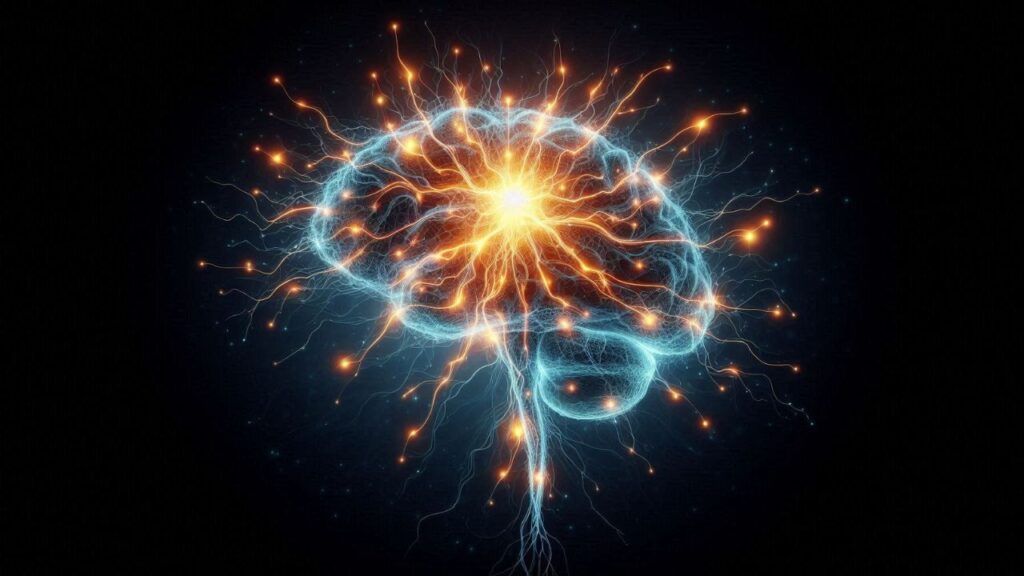The Foundation of Manifestation.
What It Truly Means? Manifestation is the process of turning desires, goals, or visions into tangible reality by channeling focused thoughts, emotions, and actions.
It is more than just wishful thinking; it’s a blend of intention and effort.
The roots of manifestation date back to ancient times, embedded in various spiritual and philosophical systems.
Historically, cultures worldwide have recognized the power of thoughts in shaping outcomes.
Ancient Hindu texts discuss “sankalpa,” the setting of a strong intention to manifest a specific outcome.
In ancient Egypt, mental focus and affirmations were believed to invoke divine assistance.
Similarly, religious teachings across Christianity, Islam, and Buddhism highlight the interplay of faith, belief, and action in bringing about change.
Manifestation has evolved into different schools of thought. Spiritual traditions often associate it with the universal laws or divine will.
In psychology, it’s seen through the lens of cognitive behavior and the power of belief systems.
These interpretations, while distinct, all emphasize the profound impact of internal processes on external reality.
Unlocking the Power of the Mind.
Scientific Perspective. Modern science provides a fascinating lens through which to understand manifestation. At the core is the recognition that the brain’s perception influences actions and outcomes.
Cognitive biases, such as confirmation bias, play a significant role. This bias leads individuals to focus on information that aligns with their beliefs, reinforcing desired outcomes.
For instance, a person who believes in their ability to succeed will naturally identify and act on opportunities, creating a self-fulfilling prophecy.
The placebo effect offers another compelling link to manifestation. In medical studies, patients who believe they’re receiving effective treatment often experience real improvements, even if the treatment is inert.
This highlights the power of belief in altering physical and psychological states.
Advances in neuroscience, particularly in the study of neuroplasticity, have further validated manifestation’s principles.
Neuroplasticity refers to the brain’s ability to rewire itself through thoughts, experiences, and behaviors.
Intentional focus and visualization can strengthen neural pathways, making certain behaviors and outcomes more likely.
These scientific insights lend credibility to the idea that deliberate mental practices can influence reality.

Thoughts to Reality.
The Mechanisms of Manifestation
The law of attraction is often cited as a cornerstone of manifestation. It posits that like attracts like, meaning that positive thoughts attract positive outcomes.
While some critics dismiss it as pseudoscience, others argue that it aligns with psychological principles.
The key lies in how focused thinking influences behaviors and decisions.
Intentional thinking and focused attention are critical.
When individuals set clear intentions, they activate the reticular activating system (RAS) in their brain.
This system filters sensory input to prioritize information aligned with goals. For example, someone intent on buying a specific car model may suddenly notice it everywhere.
This heightened awareness translates to actionable steps toward achieving goals.
Visualization techniques amplify this process.
Athletes frequently use mental imagery to rehearse their performance, which enhances focus, reduces anxiety, and improves overall confidence.
By vividly imagining themselves successfully completing a task—whether it’s scoring a goal, crossing a finish line, or executing a perfect routine—they activate the same neural pathways involved in actual physical performance, making their practice more effective.
Similarly, envisioning a desired outcome in everyday life—such as achieving a career milestone, building a meaningful relationship, or overcoming personal challenges—serves as a mental rehearsal.
This process not only helps clarify goals but also strengthens motivation and resilience.
Visualization allows individuals to mentally navigate potential obstacles and rehearse solutions, fostering a sense of preparedness.
By engaging the senses in this mental imagery—seeing, hearing, and even feeling the desired scenario—they create a powerful blueprint that the subconscious mind follows, guiding actions and decisions in alignment with their intentions.

Practical Manifestation.
Applying Theory to Everyday Life.
Manifestation becomes meaningful when translated into actionable strategies. Real-life examples abound of individuals who credit their achievements to focused intention and belief.
From entrepreneurs envisioning successful ventures to individuals overcoming personal challenges, these stories highlight the transformative power of manifestation.
To practice manifestation effectively, it’s crucial to:
- Set Clear Intentions. Define specific, realistic goals that align with your values.
- Visualize Success. Regularly imagine yourself achieving your goals, engaging all senses in the process.
- Cultivate a Positive Mindset. Practice gratitude, affirmations, and mindfulness to maintain focus and overcome negativity.
- Take Action. Manifestation isn’t passive. Align your actions with your intentions and remain open to opportunities.
However, there are potential pitfalls. Over-relying on manifestation without actionable effort can lead to frustration.
It’s also important to consider ethical implications, ensuring that goals do not harm others or compromise integrity.
Manifestation should serve as a tool for personal growth rather than a means of manipulating outcomes for selfish gain.
The Power of Manifestation.
A Path to Transformation
Manifestation is a powerful blend of intentionality, psychology, and action. Rooted in ancient wisdom and supported by modern science, it underscores the profound connection between thoughts and reality.
By understanding its principles and applying them thoughtfully, individuals can harness this tool to create meaningful and transformative changes in their lives.
Manifestation is not merely about thinking things into existence but about aligning thoughts, emotions, and actions to shape the life you envision.
Bibliography
- Schwartz, Jeffrey M., and Sharon Begley. The Mind and the Brain: Neuroplasticity and the Power of Mental Force. Harper Perennial, 2003.
- Byrne, Rhonda. The Secret. Atria Books/Beyond Words, 2006.
- Goleman, Daniel. Emotional Intelligence: Why It Can Matter More Than IQ. Bantam Books, 1995.


I think the problem people have with manifestation is that there is too much thinking and not enough doing. Working towards those goals is going to make them happen a lot faster than just thinking about them.
Are there any apps one can download to help with the manifestation process? I am sure this will make it far easier for people to get started and move along in the process.
Thank you for sharing this insightful perspective! You’re absolutely right—manifestation is most powerful when paired with action. While visualization and positive thinking are essential components, they’re only the starting point. Taking deliberate, aligned steps toward your goals is what bridges the gap between intention and reality. Manifestation, at its core, is about focusing your energy, but it thrives when combined with effort and consistency.
As for apps to assist with the manifestation process, several can help individuals stay intentional, track progress, and maintain focus. Here are some suggestions:
Gratitude Journaling Apps: Apps like Grateful or Five Minute Journal help you focus on the positive aspects of your life, a key principle in manifestation. Cultivating gratitude shifts your mindset and aligns you with your goals.Vision Board Apps: Tools like Canva or Vision Board App allow you to create digital vision boards that serve as a constant visual reminder of what you’re working toward.Goal-Setting and Tracking Apps: Apps like Notion, Trello, or Habitica can help you break down your goals into actionable steps and track your progress. Manifestation becomes much more tangible when you align it with clear, achievable tasks.Meditation and Affirmation Apps: Apps such as Calm, Insight Timer, or ThinkUp can guide you in meditation, visualization, and affirmations—practices that reinforce a manifestation mindset.
These tools make it easier to combine intention with consistent action, turning abstract dreams into achievable goals.
Manifestation isn’t just about hoping for outcomes—it’s about creating space for them through mindful focus and purposeful effort. With the right tools and mindset, it’s amazing what we can accomplish. Thanks again for raising such a thoughtful point!